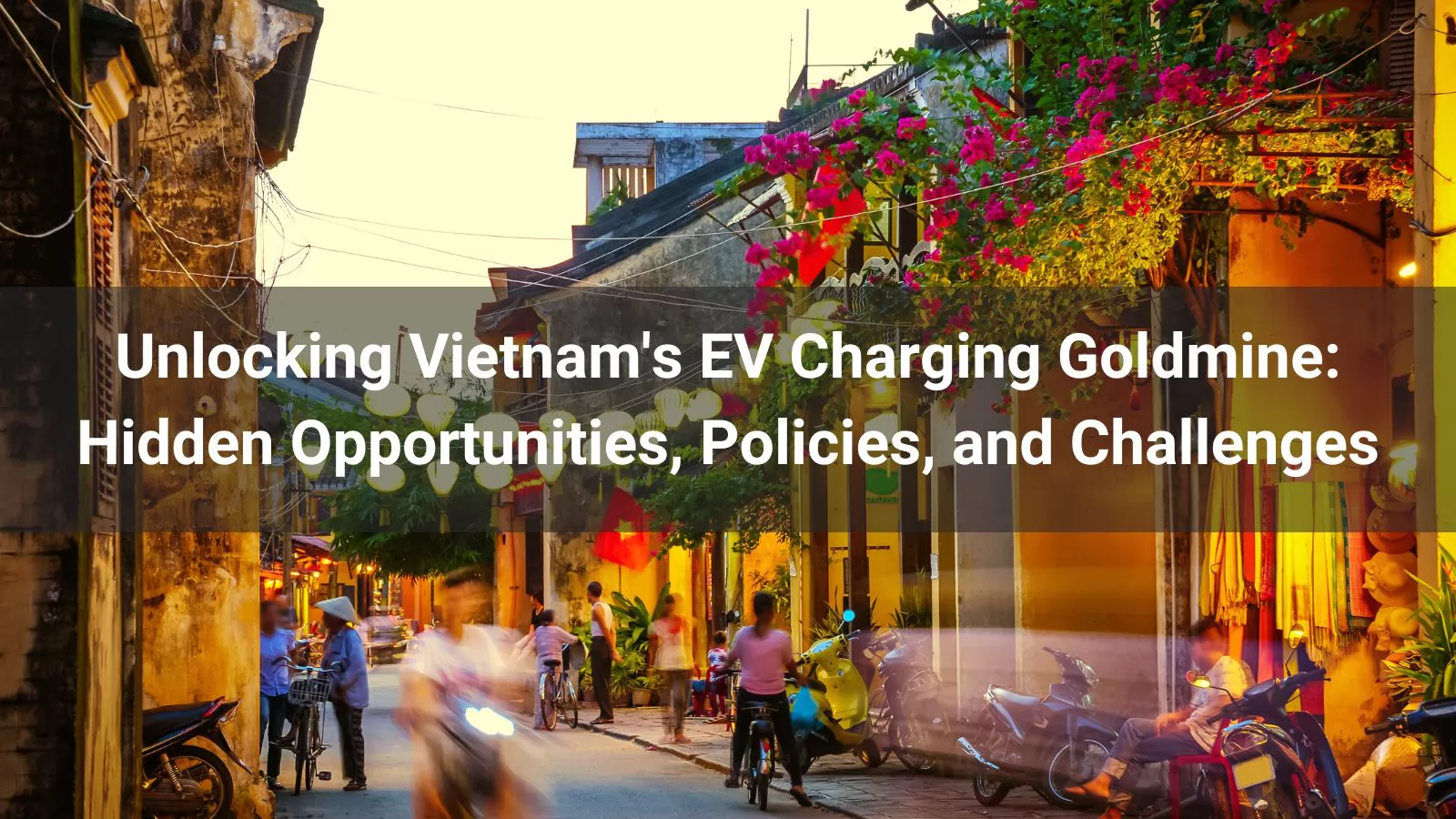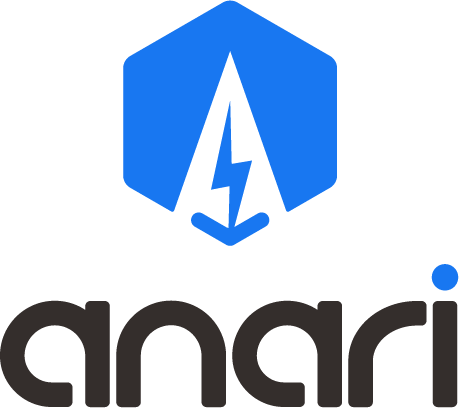
Vietnam's electric vehicle (EV) charging infrastructure sector is accelerating amid the country's green transition, with the EV market valued at USD 3.12 billion in 2025 and projected to reach USD 7.41 billion by 2030 at a CAGR of 18.88%. Driven by the revised Power Development Plan VIII (PDP8) and incentives like electricity subsidies for charging stations, the sector aims for 100,000 to 350,000 charging points by 2030 to support 1 million EVs. As of mid-2025, over 150,000 charging ports are operational, primarily led by domestic players, yet this meets only a fraction of demand, highlighting infrastructure gaps. Opportunities in public-private partnerships and renewable integration could unlock significant value in related segments, while challenges such as grid strain and regulatory hurdles risk slowing progress. Insights from government frameworks and market reports underscore the need for targeted investments in efficient, adaptable charging solutions to align infrastructure with ambitious EV targets, positioning Vietnam as an emerging ASEAN EV hub. Advanced AC and DC charging technologies, such as those offering smart load balancing and multi-standard compatibility, are particularly suited to address Vietnam's evolving needs for grid resilience and widespread accessibility.
Vietnam's commitment to net-zero emissions by 2050 under its National Green Growth Strategy places EV charging infrastructure as a linchpin for sustainable mobility. With rapid urbanization, a burgeoning middle class, and Southeast Asia's growing role in global EV supply chains, the country anticipates 1 million EVs by 2030, rising to 3.5 million by 2040, necessitating robust charging networks to mitigate range anxiety and support industrial growth. This report analyzes Vietnam's EV charging market through policy frameworks, current status, opportunities, and challenges within the broader Southeast Asian context, drawing from PDP8 revisions, Ministry of Industry and Trade (MOIT) regulations, and international assessments like the World Bank's Electric-Mobility Transition report. By mid-2025, the sector's value is embedded within the broader EV market at USD 3.12 billion, with charging infrastructure critical to overcoming adoption barriers amid regional competition from Thailand and Indonesia. Solutions emphasizing high-efficiency AC wallboxes and DC fast chargers, with features like intelligent load management, can enhance compatibility with Vietnam's diverse EV fleet and variable grid conditions.
Vietnam's EV charging policies blend fiscal incentives with regulatory standards to foster infrastructure development, integrated into broader energy and transport strategies across Southeast Asia. The revised PDP8, approved in 2025, targets 50% of vehicles sold as electric by 2030, emphasizing grid upgrades and renewable integration to accommodate EV loads, aligning with regional trends like ASEAN's sustainable mobility initiatives. Key measures include electricity subsidies for charging stations, proposed in 2025 and extended into 2025, to reduce operational costs and encourage private investment. National technical regulations for EV charging stations, effective June 15, 2025, mandate safety and interoperability standards, addressing prior fragmentation and promoting cross-border compatibility within ASEAN.
Additional incentives encompass 100% registration fee exemptions for EVs until 2027, indirectly boosting charging demand, and low-interest loans for infrastructure projects under Decree 57/2025. Urban plans, such as Ho Chi Minh City's initiative for large-scale charging hubs, align with national goals for 200-300 stations by 2025. Insights from MOIT and IEA reports reveal a policy shift from vehicle-focused subsidies to infrastructure emphasis, yet implementation challenges arise from decentralized authority, suggesting a need for a unified EV infrastructure agency to streamline permitting and standards, similar to coordinated efforts in neighboring Singapore and Thailand.
| Key Policy Elements | Description | Impact on Charging Infrastructure |
|---|---|---|
| Revised PDP8 (2025) | Targets 50% EV sales by 2030; focuses on grid resilience and renewables. | Enables scalable charging networks by integrating with 26-38 GW wind capacity, supporting high-power DC solutions. |
| Electricity Subsidies (2025-) | Reduced rates for EV charging stations. | Lowers costs, attracting investments in efficient AC and DC chargers with smart energy management. |
| National Technical Regulations (2025) | Safety and performance standards for stations. | Ensures reliability and interoperability, favoring multi-standard DC chargers for diverse EV models. |
| Registration Fee Exemption (to 2027) | 100% waiver for battery EVs. | Drives EV adoption, increasing demand for durable, weatherproof AC charging piles in residential settings. |
| Decree 57/2025 | Incentives for direct power purchase and low-interest loans. | Supports financing for large-scale infrastructure projects, including intelligent fast-charging stations. |
As of mid-2025, Vietnam's EV charging network comprises over 150,000 ports, predominantly AC chargers in urban areas like Hanoi and Ho Chi Minh City, reflecting Southeast Asia's urban-centric growth patterns. EV adoption has surged, with sales projected at double-digit growth, capturing a rising share amid a total vehicle market slowdown. The charging market, valued within the USD 3.12 billion EV sector, sees investments like Vietnam Electricity's (EVN) commitment to thousands of stations. However, utilization remains low due to uneven distribution—70% urban-focused—and limited fast chargers, mirroring challenges in less developed ASEAN markets.
Market segmentation shows dominance in residential and commercial AC units, with DC fast chargers expanding via partnerships. Insights from Statista and KPMG reports indicate sector maturity in private-led deployment but lags in rural coverage and grid integration, with projections for a substantial CAGR in charging stations through 2033. Overall, while surpassing initial benchmarks, the market's financial viability hinges on scaling to match EV fleet growth, where high-efficiency chargers with overload protections and app-based controls can optimize performance in Vietnam's humid, variable climates.
Vietnam's EV charging market offers substantial opportunities within Southeast Asia, fueled by PDP8 targets and a projected CAGR of 18.88% in the EV sector through 2030. Public-private partnerships enable rapid deployment of 100,000-350,000 stations, particularly in high-demand urban corridors, drawing parallels with regional collaborations in Thailand. Renewable integration under PDP8 presents avenues for solar-hybrid chargers, potentially cutting costs and attracting ESG investments, aligning with ASEAN's push for green energy.
High-growth segments like electric buses offer niches for fleet charging hubs, supported by incentives for clean urban transit. Export potential as an ASEAN manufacturing base could yield opportunities in regional supply chains. Profound insights: These dynamics suggest a shift toward smart, interoperable networks, where AC wallboxes with plug-and-play features (e.g., 7.4-22kW capacities) and DC super fast stations with load balancing can address peak demand efficiently, enhancing user convenience in emerging markets like Vietnam through durable, weatherproof designs that withstand tropical conditions and ensure compatibility with a mix of imported and local EVs.
Despite momentum, Vietnam's charging sector grapples with systemic barriers that could constrain growth, akin to grid and equity issues across Southeast Asia. Infrastructure inadequacy persists, exacerbating range anxiety and limiting EV uptake in rural areas. Grid capacity strains pose risks of overloads post-2030 without PDP8-mandated upgrades, while land acquisition and permitting delays hinder deployment.
Financial challenges include high upfront costs and uncertain returns, compounded by fluctuating electricity prices despite subsidies. Regulatory fragmentation and competition from international manufacturers intensify price pressures, while environmental hurdles like battery recycling signal emerging concerns. Key insight: These issues expose a policy-execution gap, where ambitious targets outpace infrastructure readiness, requiring reforms like mandatory grid assessments and inclusive rural incentives. Solutions incorporating advanced safety mechanisms in DC chargers and portable, secure AC options can mitigate risks, providing reliable operation in Vietnam's challenging terrains and supporting broader ASEAN resilience.
Vietnam's EV charging infrastructure is on an upward trajectory, bolstered by PDP8 revisions and incentives that have driven early deployment successes. However, bridging demand gaps and enhancing grid resilience are essential to achieve 2030 goals and capitalize on green growth within Southeast Asia. Opportunities in PPPs and renewables promise high returns for innovative stakeholders, while challenges necessitate coordinated reforms to prevent adoption bottlenecks.
For global leaders like Anari Energy (www.anariev.com), this landscape implies strategic engagements in compliant, scalable solutions—such as the Gaia AC Series for intelligent residential charging and the Aquila DC Series for high-efficiency fast charging—to leverage incentives and partnerships. These products' unique advantages, including smart app integration for load balancing, multi-standard compatibility, and robust safety features, align seamlessly with Vietnam's needs for efficient, sustainable infrastructure amid grid constraints and diverse EV ecosystems. Ultimately, Vietnam's trajectory could establish it as Southeast Asia's EV frontrunner, evolving from policy-driven expansion to a resilient, market-led ecosystem.




